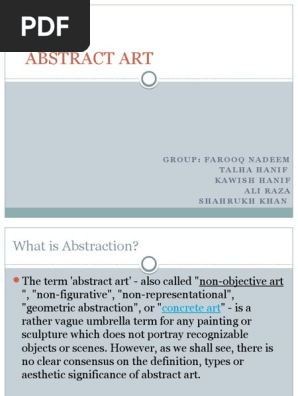0% found this document useful (0 votes)
41 views32 pagesWeek 7
The document discusses the evolution of Abstract Expressionism in the context of American art, highlighting the shift from earlier movements like American Regionalism and Socialist Realism due to the impacts of World War II. It details how New York City emerged as the new center of modern art, influenced by a mix of European émigrés and American artists, and the role of the CIA in promoting American art as a form of cultural propaganda during the Cold War. Key figures such as Jackson Pollock and Mark Rothko are examined, showcasing their contributions to the movement and the broader implications of art as a tool for ideological expression.
Uploaded by
Öykü YorulmazCopyright
© © All Rights Reserved
We take content rights seriously. If you suspect this is your content, claim it here.
Available Formats
Download as PDF, TXT or read online on Scribd
0% found this document useful (0 votes)
41 views32 pagesWeek 7
The document discusses the evolution of Abstract Expressionism in the context of American art, highlighting the shift from earlier movements like American Regionalism and Socialist Realism due to the impacts of World War II. It details how New York City emerged as the new center of modern art, influenced by a mix of European émigrés and American artists, and the role of the CIA in promoting American art as a form of cultural propaganda during the Cold War. Key figures such as Jackson Pollock and Mark Rothko are examined, showcasing their contributions to the movement and the broader implications of art as a tool for ideological expression.
Uploaded by
Öykü YorulmazCopyright
© © All Rights Reserved
We take content rights seriously. If you suspect this is your content, claim it here.
Available Formats
Download as PDF, TXT or read online on Scribd
/ 32























































































